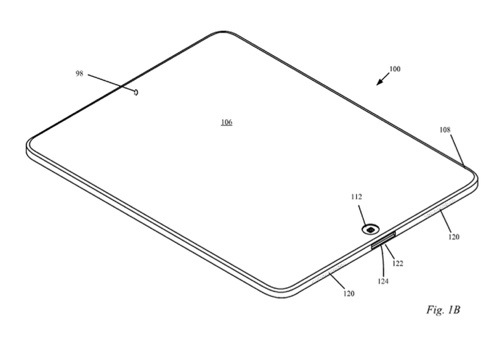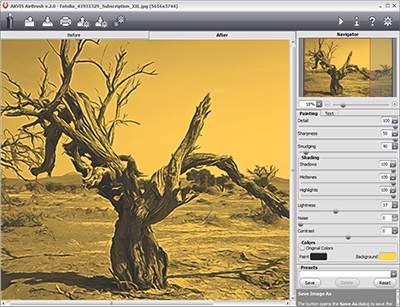Three Apple patents have appeared at the U.S. Patent & Trademark Office that show Apple is working on ways to simplify the production of its various portable computing devices.
Patent number 20120194998 is for a portable computing device that can take many forms such as a laptop computer, a tablet computer, and so on. The portable computing device can include at least a single piece housing. The single piece housing can be machined from a single billet of material, such as a billet of aluminum. The single piece housing can include ledges with a surface receiving a trim bead and a cover. Corner brackets can be attached to the single piece housing to improve the damage resistance of the housing.
Here’s Apple’s background on the invention: “In recent years, portable computing devices such as laptops, PDAs, media players, cellular phones, etc., have become small, light and powerful. One factor contributing to this reduction in size can be attributed to the manufacturer’s ability to fabricate various components of these devices in smaller and smaller sizes while in most cases increasing the power and or operating speed of such components. The trend of smaller, lighter and powerful presents a continuing design challenge in the design of some components of the portable computing devices.
“One design challenge associated with the portable computing device is the design of the enclosures used to house the various internal components. This design challenge generally arises from a number conflicting design goals that includes the desirability of making the enclosure lighter and thinner, the desirability of making the enclosure stronger and making the enclosure more esthetically pleasing. The lighter enclosures, which typically use thinner structures and fewer fasteners, tend to be more flexible and therefore they have a greater propensity to buckle and bow when used while the stronger and more rigid enclosures, which typically use more substantial structures and include fasteners, tend to be thicker and carry more weight. Unfortunately, however, the increased weight consistent with the more rugged enclosure can lead to user dissatisfaction whereas bowing of enclosures formed of lightweight material can result in damaging some of the internal components (such as printed circuit boards) of the portable device.
“Furthermore, the enclosures are mechanical assemblies having multiple parts that are screwed, bolted, riveted, or otherwise fastened together at discrete points. These assembly techniques typically complicate the housing design and create aesthetic difficulties because of undesirable cracks, seams, gaps or breaks at the mating surfaces and fasteners located along the surfaces of the housing. For example, a mating line surrounding the entire enclosure is produced when using an upper and lower casing. Moreover, the various components and complicated processes used to manufacture the portable device can make assembly a time consuming and cumbersome process requiring, for example, a highly trained assembly operator working with special tools.
“Another challenge is related to techniques for mounting structures within the portable computing devices. Conventionally, the structures have been laid over one of the casings (upper or lower) and attached to one of the casings with fasteners such as screws, bolts, rivets, etc. That is, the structures are positioned in a sandwich like manner in layers over the casing and thereafter fastened to the casing. This methodology suffers from the same drawbacks as mentioned above, i.e., assembly is a time consuming and cumbersome process.
“In view of the foregoing, there is a need for improved component density and associated assembly techniques that reduce cost and improve outgoing quality. In addition, there is a need for improvements in the manner in which handheld devices are assembled such as improvements that enable structures to be quickly and easily installed within the enclosure. It is also desirable to minimize the Z stack height of the assembled components in order to reduce the overall thickness of the portable computing device and thereby improve the overall aesthetic look and feel of the product.
The inventors are Stephen R. McClure, Sean S. Corbin, John P. Ternus, Kevin Gibbs, Jeremy C. Franklin, Elvis M. Kibiti, John Raff, Jules B. Henry, Benjamin Rappoport, Derek W. Wright, Erik A. Uttermann, Yu Ming and Carl Peterson.
Patent number 20120194997 is for the component assembly of such a device, while patent number 201201949393 involves an antenna, shielding and grounding for the manufacturing process.




